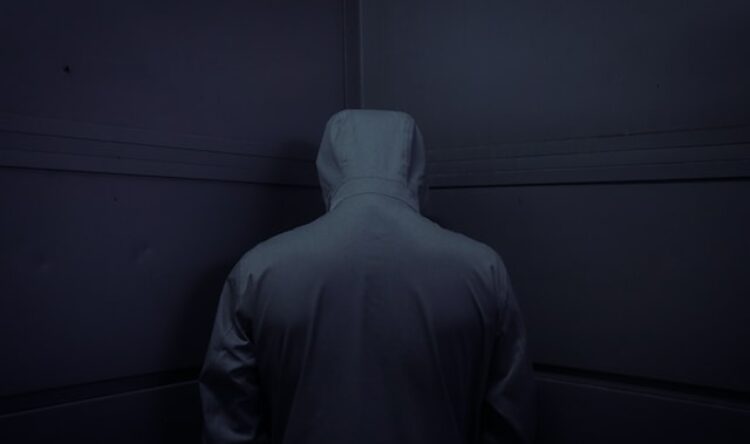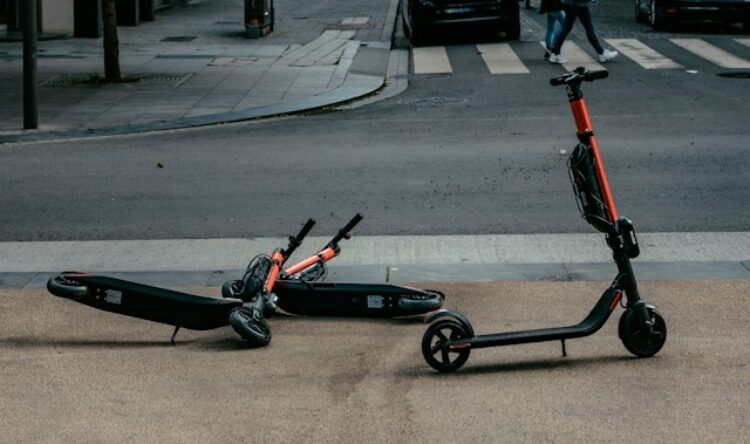Sounding safety for e-scooters
Developing sounds to allow greater awareness of e-scooters
While e-scooters have grown massively in popularity, so have the safety issues surrounding their use.
Firstly, apart from the government registered trial schemes in different cities around the country, their use in public is actually illegal. Of course, this hasn’t stopped their growing use and private ownership. This is exacerbated by the lack of government regulation or even basic timetabling of legal guidelines for their legal use.
Perhaps even more of an immediate issue are the increasing casualty numbers surrounding e-scooters and their use in public. Part of the problem, as with electric cars and vans, is the silent nature of the vehicles. This has been raised as a particular problem for other vulnerable road users and, in particular, pedestrians.
Now testing testing is taking place to find a solution to the silent menace.
It’s behind you
A selection of e-scooter sounds, developed by researchers at the University of Salford and in partnership with the Royal National Institute for Blind People (RNIB), are currently being tested with the help of tech company ad e-scooter manufacturer Dot.
The tests mark new phase of a project which has so far resulted in the development of three potential sounds to increase awareness of vehicles. These are now beginning testing to investigate the effectiveness to the human ear in various circumstances.
A virtual drive to real solutions
Wearing a virtual reality headset, participants will be immersed into a 360-degree environment. These will feature simulations of e-scooter riders in different scenarios.
Working with RNIB, a group of people, including blind and partially sighted, will be asked to identify when they are first aware of the e-scooter. The feedback on the suitability and preference of the three sounds will be recorded and analysed as the developments go forward.
Dr Antonio J Torija Martinez, principal investigator at the University of Salford, said: “We are testing a series of carefully designed e-scooter sounds to find the right balance between maximum vehicle noticeability and minimum noise pollution.
“Using virtual reality to create immersive and realistic scenarios, in a safe and controlled laboratory environment, will allow us to achieve robust results.
“By working closely with the RNIB and blind associations across Europe, we can ensure that the sound we develop is the best fit for their needs.”
International solutions
The tests will take place in a laboratory in London, before being repeated in Italy, Sweden and Spain in collaboration with blind associations across Europe.
The trials in different countries will ensure international relevance with the aim of creating a global standard for an e-scooter sound.
Robin Spinks, RNIB’s head of inclusive design, said: “Light electric vehicles emit virtually no sound. Imagine for a second how terrifying this could be if they are used irresponsibly for someone with little or no sight.
“We’re working with multiple stakeholders across the transport industry to bring about sustainable improvements in safety, perceivability and awareness.
“Operators, researchers, and regulators must all collaborate to ensure a more inclusive urban environment for all.”
Henri Moissinac, co-founder and CEO, Dott, says that it is important its vehicles not only work for our users, but are respectful to all other city residents.
“The development of an industry standard e-scooter sound, which can be detected by those that need it but without being intrusive, could greatly improve the experience for some of the most vulnerable road users,” he added.
Following the virtual reality phase, the sounds will be tested on the streets of London and across Europe, to validate the laboratory setting findings.






